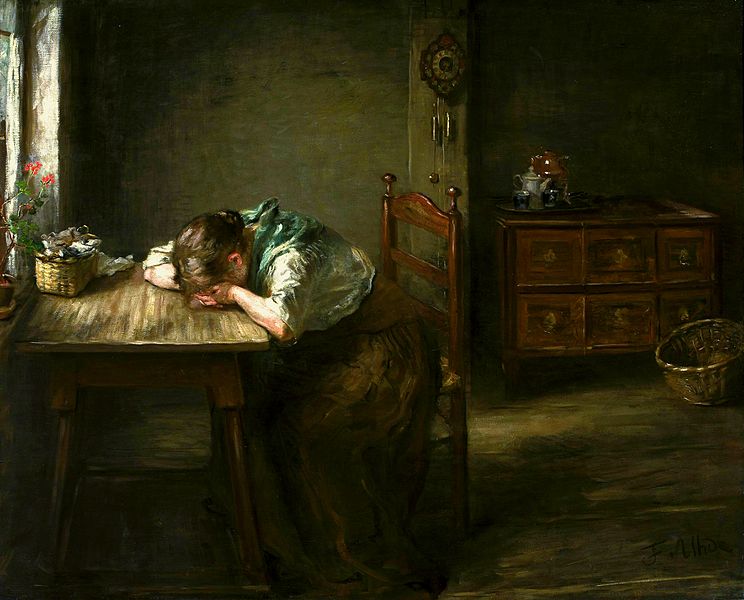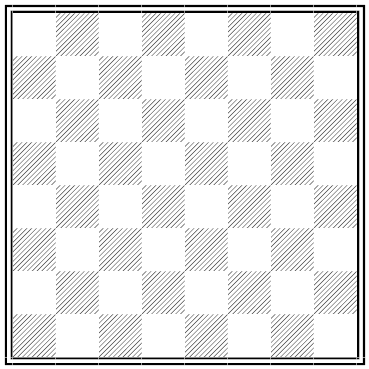Statistics textbooks sometimes ask: Suppose you’re driving on the highway and adjust your speed so that the number of cars you pass is equal to the number that pass you. Is your speed the median or the mean speed of the cars on the highway?
The expected answer is that it’s the median speed, since the number of cars traveling more slowly than you is equal to the number traveling faster. But California State University mathematician Larry Clevenson and his colleagues wrote in 2001, “This certainly is true of the cars that you see, but that isn’t what the problem asks, and it isn’t the correct answer.”
Surprisingly, they found that the correct answer is the mean. “If you adjust your speed so that as many cars pass you as you pass, then your speed is the mean speed of all the other cars on the highway.” Details at the link below.
(Larry Clevenson et al., “The Average Speed on the Highway,” College Mathematics Journal 32:3 [2001], 169-171.)






